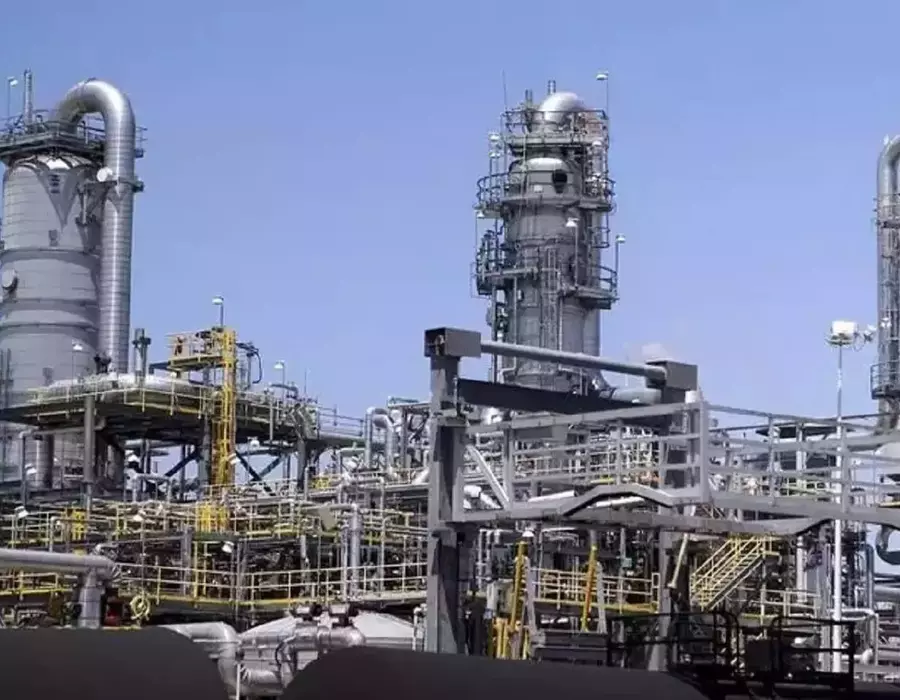

Gorakhpur fertiliser plant- boost to food security and key to the rise of Purvanchal. (Photo for Representation)
<p>
<strong>By&nbsp;Chandra Prakash Agarwal</strong></p>
<p>
Agriculture experts agree on the role of fertilisers in maintaining food production to meet global demand.&nbsp;</p>
<p>
According to&nbsp; many estimates, about 30% to 40% of total global agriculture production can be attributed to appropriate and timely use of fertilisers. This makes fertilisers a key ingredient for achieving food security.</p>
<p>
Shortage of fertiliser is a global phenomenon because of several reasons including scarcity and rising prices of raw material and supply chain logistics. India had been dependent on mainly China and UAE for raw material supply but China&rsquo;s key fertiliser companies have suspended exports for their own reasons. This has put further pressure on fertiliser availability in India.</p>
<p>
The commissioning of the Gorakhpur-based fertiliser plant, which was&nbsp; closed for nearly 30 years, will&nbsp; therefore provide a major boost to urea production in India, and will go a long way in ensuring food security in India. The plant was inaugurated by Prime Minister Narendra Modi on December 7, 2021. It is a shining example of the success of the Atmanirbhar Bharat, or self-reliant India, in the sense that its reopening has been done completely on the strength of indigenous inputs.</p>
<p>
<strong>Joint venture</strong></p>
<p>
The project, in a new avatar as Hindustan Urvarak and Rasayan Limited (HURL), is a joint venture of five major public sector companies – National Thermal Power Corporation (NTPC), Coal India Limited, Indian Oil Corporation Limited, Fertiliser Corporation of India and Hindustan Fertiliser Corporation Limited. When it closed down in 1990, it had an installed capacity of producing 900 metric tonnes (MT) per day (TPD) of urea. But now, it will produce about 3800 TPD of urea, more than four times of the former capacity. It will now start producing 12.7 lakh metric tonnes of indigenous neem coated urea every year.</p>
<p>
Its foundation stone was laid by the Prime Minister on July 22, 2016 and has been built at a cost of around Rs 8,600 crore. It is a milestone in the continuing industrial transformation of eastern Uttar Pradesh and its distinctive prilling tower with a height of 149.5 metres &ndash; highest in the world and more than double that of Qutub Minar which is 73 metres only &ndash; is a landmark for the people of the region. It will also produce about 2200 MT of liquid ammonia. The plant also has India&rsquo;s first air operated rubber dam and blast proof control room as enhanced safety measures.</p>
<p>
Significantly, the plant will be powered by natural gas, whereas earlier it used to run on naphtha, which was expensive and also caused a lot of&nbsp; pollution. Now, it is causing much less pollution and the production cost of fertiliser has also come down by about one-third of the earlier level.</p>
<p>
<strong>Dream fulfilled</strong></p>
<p>
The revival of the plant had been a long-standing demand of the people of the region.&nbsp; Owing to the sustained efforts of the Chief Minister Yogi Adityanath and the full backing of PM Modi, the dream of reviving the unit could be realised, in&nbsp; a short span of five years.&nbsp;</p>
<p>
As it starts production, it is not only a demand fulfilled, but will also now supply urea to farmers of Purvanchal Region of UP and to neighbouring states as well. With its urea production, it will play a part in ensuring price stability in the domestic fertiliser market. It will&nbsp; also help in saving precious foreign exchange, and facilitate India&rsquo;s march towards self-reliance in the urea sector.</p>
<p>
Food security is crucial for a vast country like India and increasing food grain production is key to it. Sufficient and timely availability of fertilisers goes a long way in helping farmers maintain the productivity of their fields. The plant has the potential of changing the socio-economic landscape of the region. Its revival despite lying closed for more than three decades, is a symbol of the immense possibilities of growth and development.</p>
<p>
As urea production starts here, hectic activity has already started in terms of movement of people and material. It will give direct employment to about 20,000 people and generate about 1.5 lakh indirect jobs. Apart from this, it will also open up opportunities in the field of packaging, transport, logistics and support services.</p>
<p>
The plant will prove to be a major contributor in&nbsp; changing the perception of eastern UP, drawing the region firmly on the country&rsquo;s industrial map.</p>
<p>
<strong>Also Read:</strong> <a href="https://www.indianarrative.com/india-news/gorakhpur-gets-aiims-mega-fertiliser-plant-icmr-centre-as-pm-s-booster-shot-to-push-growth-in-eastern-up-133349.html">Gorakhpur gets AIIMS, mega fertiliser plant &amp; ICMR centre as PM&rsquo;s booster shot to push growth in eastern UP</a></p>
<p>
<strong>(Chandra Prakash Agarwal is chairman, Gallant Industries. Views expressed are personal and exclusive to India Narrative)</strong></p>
The government has issued an official notification on holding the Indus Water Treaty in abeyance,…
Immunisation efforts are increasingly at risk as misinformation, population growth, ongoing humanitarian crises, and funding…
India on Thursday donated 4.8 tons of vaccines to Afghanistan, including vaccines for rabies, tetanus,…
By Ajit Dubey The Indian Air Force is carrying out Exercise Aakraman (Attack) over a…
Several Indian American organisations have strongly condemned the recent terrorist attack in Jammu and Kashmir's…
Prime Minister Narendra Modi on Thursday spoke to the Prime Minister of Israel, Benjamin Netanyahu…